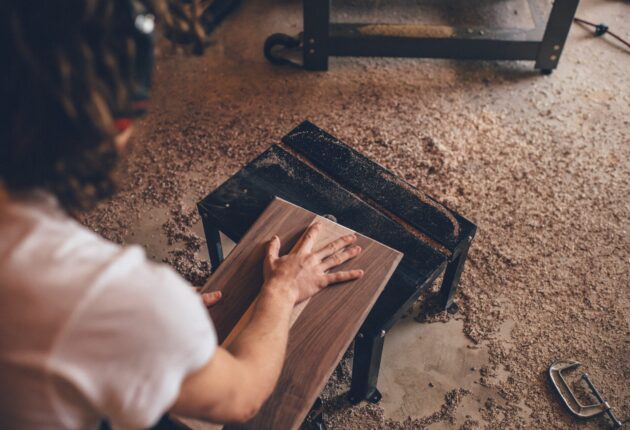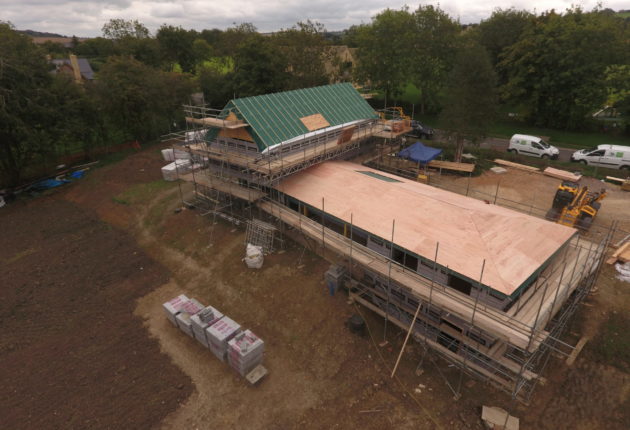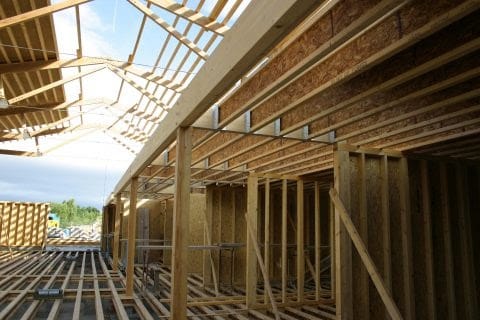7 Tips For a Successful Sustainable Development Project
Our built world is responsible for consuming large amounts of energy, in fact, it is estimated that around 45% of the total UK carbon emissions comes from buildings.
Beginning with the production of the raw materials used to build it, to the construction processes used and the energy consumed once it is inhabited, every building is responsible for large amounts of energy consumption.
Of course, in recent years there has been a significant change within building construction. A move to create spaces that have a more positive environmental impact, a combination of strict sustainability targets and planning conditions, have meant that today’s buildings are built much more sustainably.
While building controls and other legislation will guide you in terms of must-haves for your project, we have come up with a few other hints and tips that can help your next construction project be as sustainable as possible…
1. Reduce waste
Anything that goes to landfill is bad news for the environment so minimise on site waste by being as accurate as possible when estimating material quantities. Where there is waste, look for ways to recycle it or, if possible, return to the supplier. Here at Pasquill we aim to recycle and reuse as much as we can, for example useable off-cuts are made into smaller truss sections or recycled into other products and those bits that can’t be reused are turned into biomass fuel.
2. Source local materials
This will help reduce the carbon footprint of your site as the materials you are using haven’t had to travel far. Check also your suppliers’ credentials in terms of, for example, FSC®, PEFC and ISO. As a responsible supplier, we are committed to operating as sustainably as possible and in turn helping our customers do the same. Our certified products, such as engineered timber, can help builders gain points under the Code for Sustainable Homes. What’s more, with our panelised roof solutions, roofs can be installed quickly and offer excellent thermal insulation properties; helping to cut heat loss and improve energy efficiency.
3. Research renewable alternatives
Could biomass boilers, heat pumps and solar panels serve as a better, more environmentally friendly way to heat the properties you build? A little research could help your development become even more sustainable.
4. Install motion sensing sensors
A great addition to commercial buildings, sensors automatically switch on when there is activity in a room and off when it is empty, meaning no more wasted energy with the lights left on in an empty room.
5. Get creative with the landscape
If you plan to landscape outdoor areas in preparation for selling or letting your new development, think carefully about what you choose. Opt for plants that are suitable for the ground and climate conditions, avoiding anything that requires additional watering. In commercial settings lawned areas, while looking nice, are unlikely to be required and will add additional costs (and energy) in terms of maintenance. Using recycled material for planters, paths and walkways is a great use of material and can look good too. Also, be sure to install water collection features such as water butts. In properties of multiple occupancy you could even consider creating a space for residents to grow their own fruit and veg!
6. Make recycling a way of life
In many homes and offices, finding a suitable, inconspicuous place to house the recycling can be a challenge. From the outset create purpose built recycling areas both inside and out to help integrate recycling into the property.
7. Think light
The right lighting solutions can make a big difference to the amount of energy consumed. Orientating the building’s footprint towards the sun can have massive benefits, by maximising sunlight and putting the most used rooms towards the sun, not only can the occupant save money on lighting, but also on heat, as the sun warms the space. When lighting is needed, low-energy solutions such as LED lights can offer significant cost benefits and energy savings over their lifetime.
For more details on our sustainable ambitions or to find out more about our wide range of flooring and roofing solutions, contact us.




